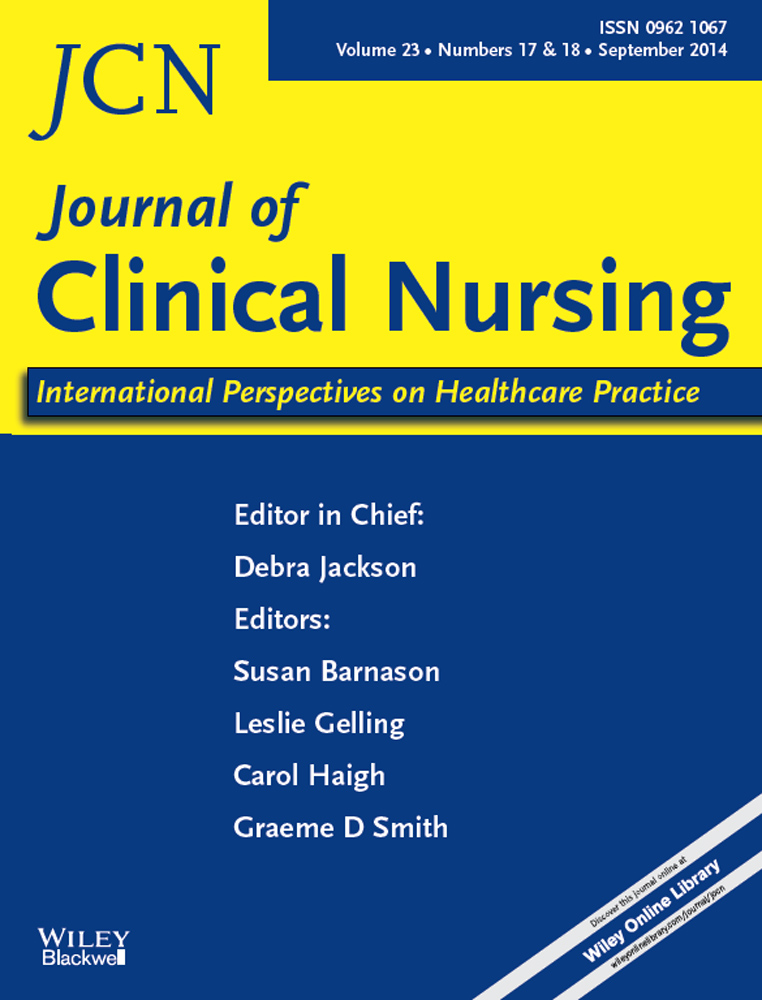Safety incidents involving confused and forgetful older patients in a specialised care setting – analysis of the safety incidents reported to the HaiPro reporting system
Abstract
Aims and objectives
To describe the safety incidents involving confused and forgetful older patients in a specialised care setting entered in the HaiPro reporting system.
Background
About 10% of patients experience a safety incident during hospitalisation, which causes or could cause them harm. The possibility of a safety incident during hospitalisation increases significantly with age. A mild or moderate memory disorder and acute confusion are often present in the safety incidents originating with an older patient.
Design
The design of the study was action research with this study using findings from one of the first-phase studies, which included qualitative and quantitative analysed data.
Methods
Data were collected from the reporting system for safety incidents (HaiPro) in a university hospital in Finland. There were 672 reported safety incidents from four acute medical wards during the years 2009–2011, which were scrutinised. Seventy-five of them were linked to a confused patient and were analysed.
Results
The majority of the safety incidents analysed involved patient-related accidents. In addition to challenging behaviour, contributing factors included ward routines, shortage of nursing staff, environmental factors and staff knowledge and skills. Nurses tried to secure the patient safety in many different ways, but the modes of actions were insufficient.
Conclusion and relevance to clinical practice
Nursing staff need evidence-based information on how to assess the cognitive status of a confused patient and how to encounter such patients. The number of nursing staff and ward routines should be examined critically and put in proportion to the care intensity demands caused by the patient's confused state. The findings can be used as a starting point in the prevention of safety incidents and in improving the care of older patients.




